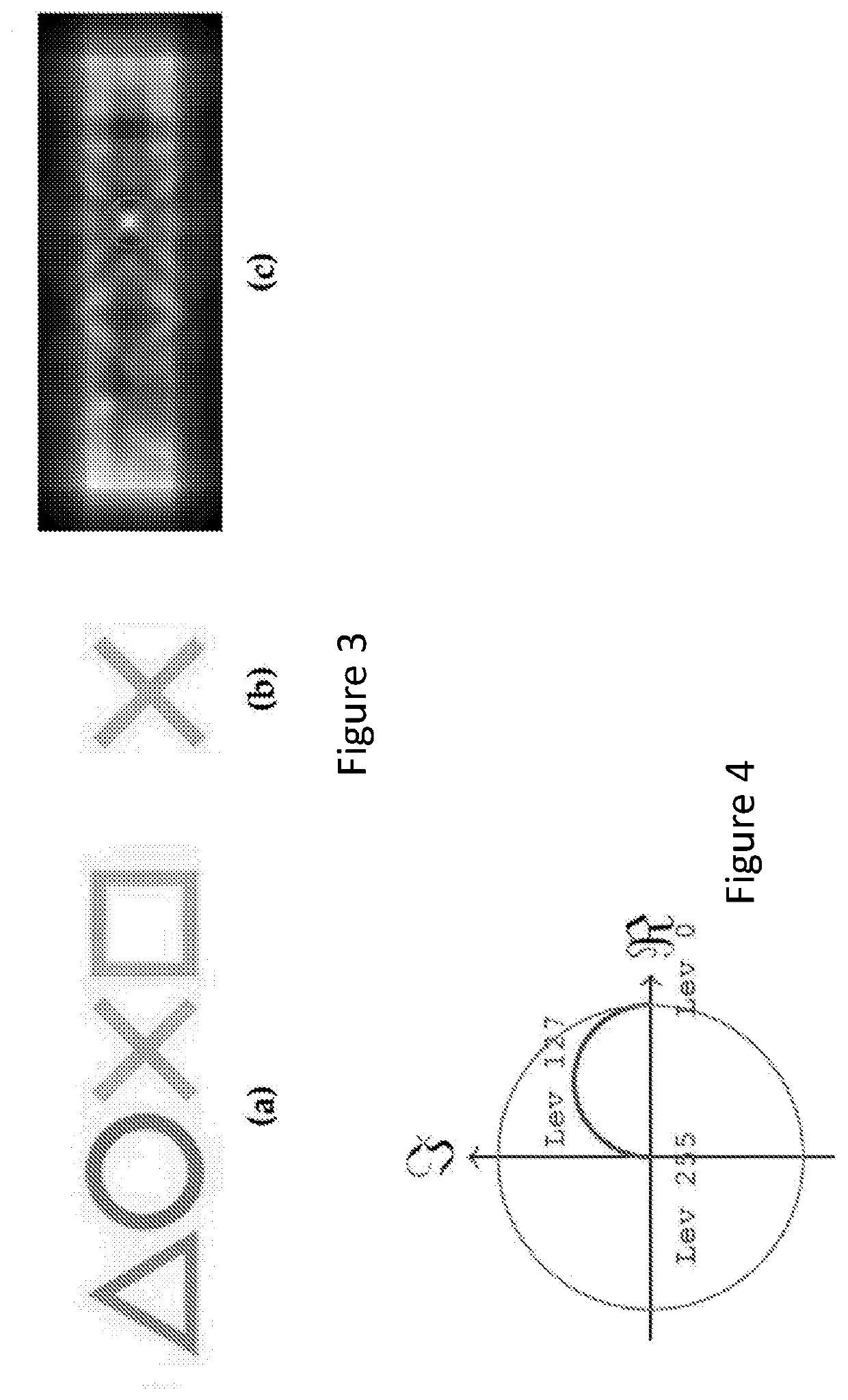Optical processing systems
a processing system and optical processing technology, applied in the field of machine learning convolutional neural networks, can solve the problems of difficult to achieve the effect of high performan
- Summary
- Abstract
- Description
- Claims
- Application Information
AI Technical Summary
Benefits of technology
Problems solved by technology
Method used
Image
Examples
Embodiment Construction
[0044]The present inventors have realised that optical correlators may be utilised in specific ways to evaluate convolutions which are at the core of Convolutional Neural Nets (CNNs), or ConvNets. In other words, optical processing is being applied to deep learning processes, in particular to evaluate convolutions required by a ConvNet. This application is not trivial, however, as optical convolution has specific idiosyncrasies which require consideration. Specifically, the problems are related to limitations of the electro-optic and opto-electrical hardware available, as will be described in detail below.
The Optical Fourier Transform and Optical Correlators
[0045]Coherent optical processing systems are known. In coherent processing systems such as optical correlators, a laser or other coherent source is typically employed to be modulated in either phase or amplitude, or a combination of the two by one or more spatial light modulator (SLM) devices. SLMs are devices that have a dynami...
PUM
 Login to View More
Login to View More Abstract
Description
Claims
Application Information
 Login to View More
Login to View More - R&D
- Intellectual Property
- Life Sciences
- Materials
- Tech Scout
- Unparalleled Data Quality
- Higher Quality Content
- 60% Fewer Hallucinations
Browse by: Latest US Patents, China's latest patents, Technical Efficacy Thesaurus, Application Domain, Technology Topic, Popular Technical Reports.
© 2025 PatSnap. All rights reserved.Legal|Privacy policy|Modern Slavery Act Transparency Statement|Sitemap|About US| Contact US: help@patsnap.com



